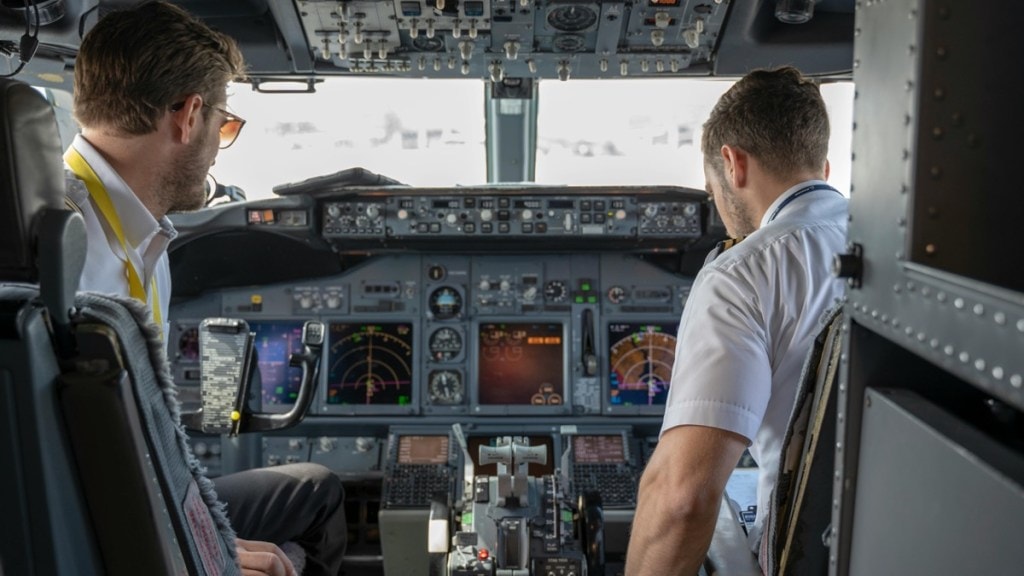Mid-air collisions of aircraft should have been a thing of the past with the technology that exists in 2025, yet the collision between an American Airlines CRJ701 passenger jet and a Sikorsky H60 army helicopter over the Potomac River in Washington DC that killed all 67 aboard both craft, is a stark reminder of how technology can be inadequate when most needed. Could this collision have been prevented by TCAS – Traffic Collision Avoidance System – which is now standard on all aircraft?
In 1996, the world’s deadliest mid-air collision between a Saudi Airlines Boeing 747 and a chartered Kazakhstan Airlines Ilyushin IL76, killed 349 people on both planes near New Delhi, while the former was taking off and the latter was approaching the airport to land. Post that incident – a few changes were brought into air traffic control (ATC). One, globally all aircraft were equipped with TCAS or ACAS (aircraft collision avoidance system). The current standard on all commercial aircraft is TCAS-II. Two, the language of communication across ATCs is English, and three – where possible, take-off and landing are carried out in only one direction.
What is TCAS-II?
The traffic collision avoidance system is akin to the ADAS (advanced driver assistance system) that’s now becoming increasingly common on cars. But unlike ADAS – TCAS can’t obviously apply brakes, but it can issue a Resolution Advisory (RA) to the pilots of both aircraft. Depending on their relative position, when there is less than 25 seconds to a possible collision, one aircraft is instructed to climb, while the other is instructed to descend.
The TCAS system can detect air traffic in its vicinity aircraft within a possible collision path of around 45 seconds. In both aircraft the system detects incoming traffic and a “Traffic, Traffic” alert is sounded in the cockpit, with the position of the aircraft displayed on the radar display in the cockpit. Pilots can then alert air traffic control or vice-versa. If the aircraft are within a 25-second likely collision window, the TCAS issues an RA to both pilots. While the TCAS in one aircraft will be instructed to climb or level out, the other will be instructed to descend or level out depending on the situation, until they have crossed each other safely.
However, the RA system will not function if the altitude of the aircraft is less than 1,000 feet from the ground (as the minimum vertical separation threshold can’t be met). In such cases, the pilots are fully reliant on ATC for a resolution.
Could TCAS have prevented the Washington DC crash?
While investigations into the crash and rescue operations continue in Washington DC, there is speculation whether TCAS could have prevented the collision. That is something that only the black box transcripts will reveal. However, given that the American Airlines Boeing was lined up to land (average landing speed is around 240 kmph) and at 400 feet above ground in line with the Reagan International Airport runway, it is unlikely that the TCAS could have issued an RA to the pilot about the incoming helicopter.
Reports about ATC communication to the aircraft indicate that the ATC had alerted the helicopter pilot about the incoming CRJ. What happened after that and why the helicopter pilot didn’t take action is what will be a part of the investigation into this air crash over the next few days. While TCAS has helped prevent several mid-air collisions since the Chakri-Dadri crash (which gets relegated to post-flight incident reports and rarely makes news), it couldn’t resolve the Washington DC crash.

